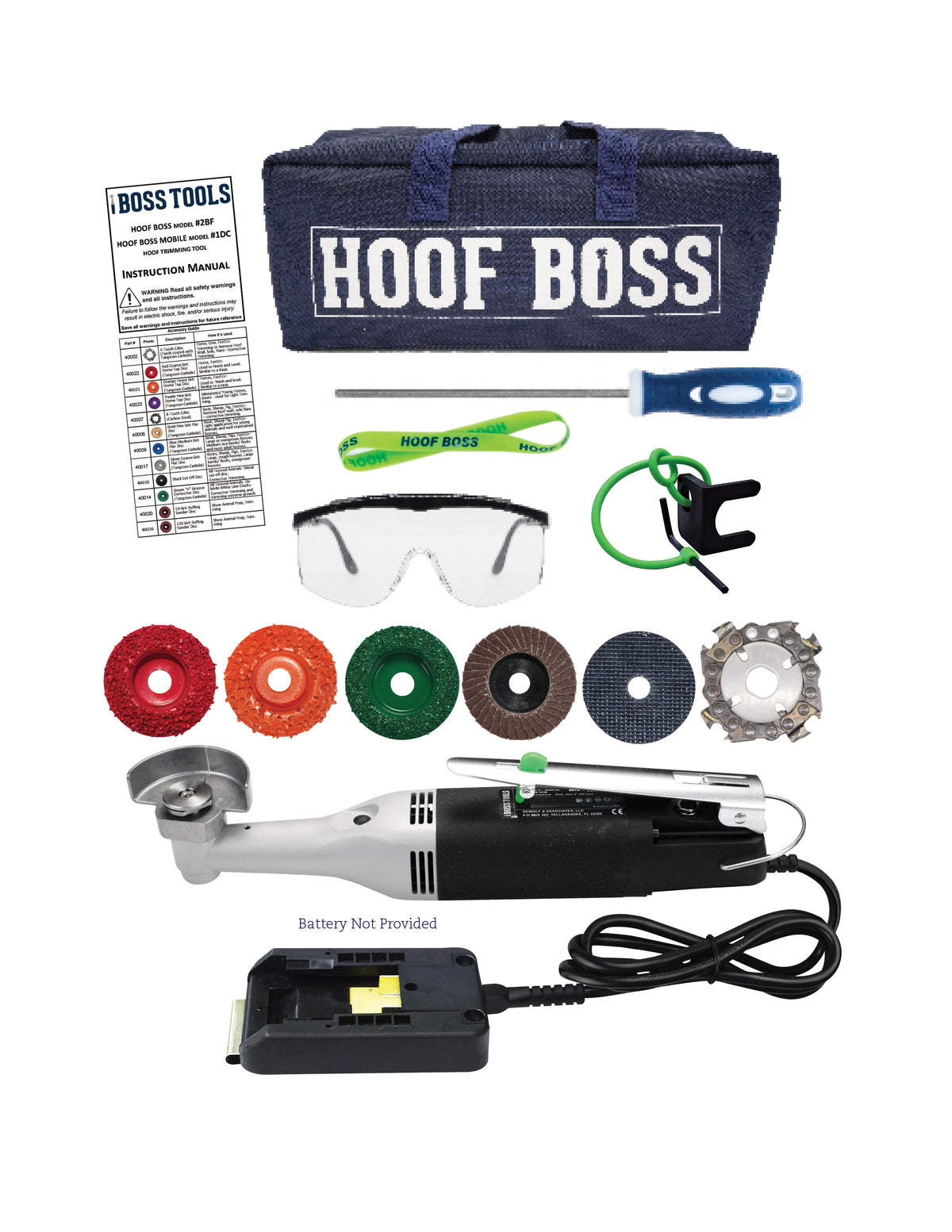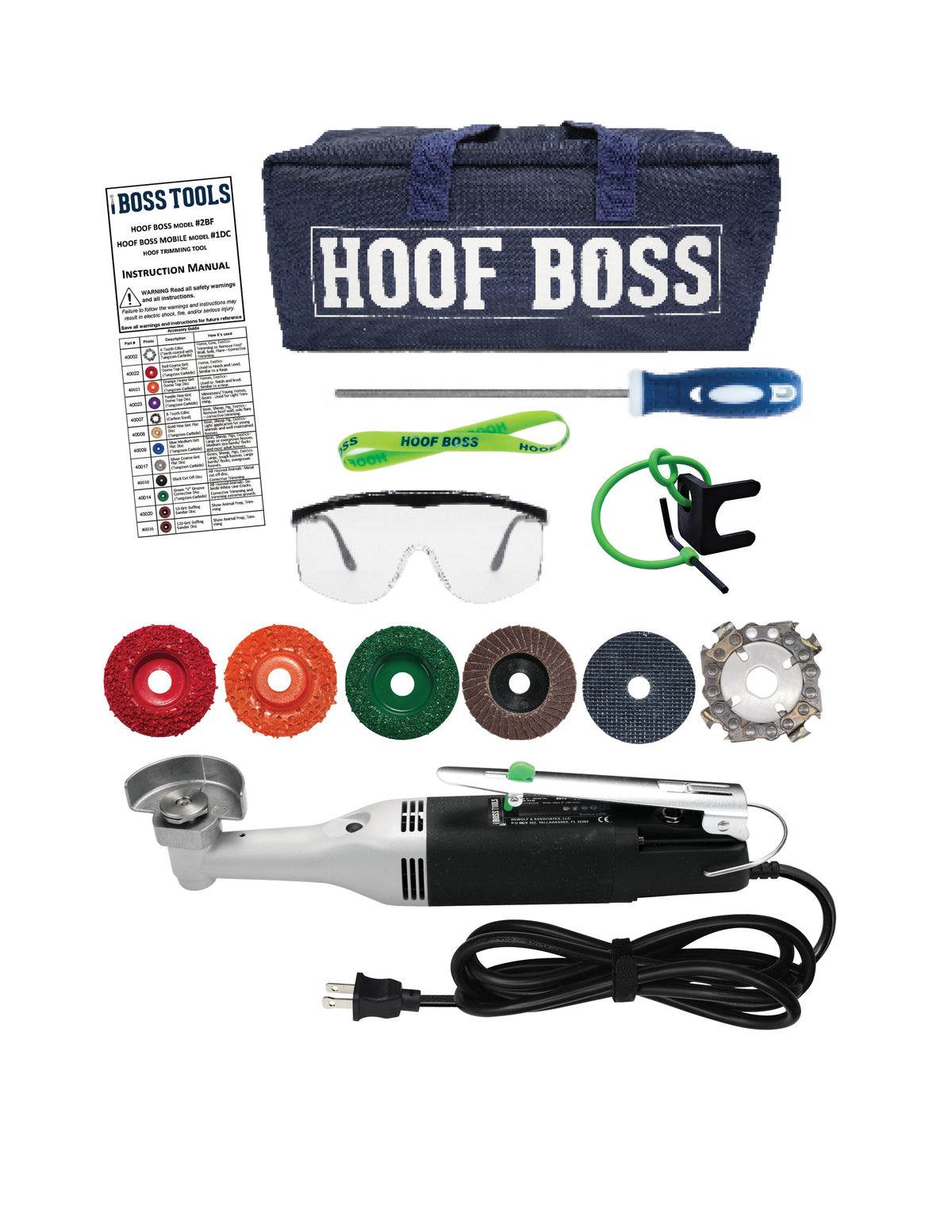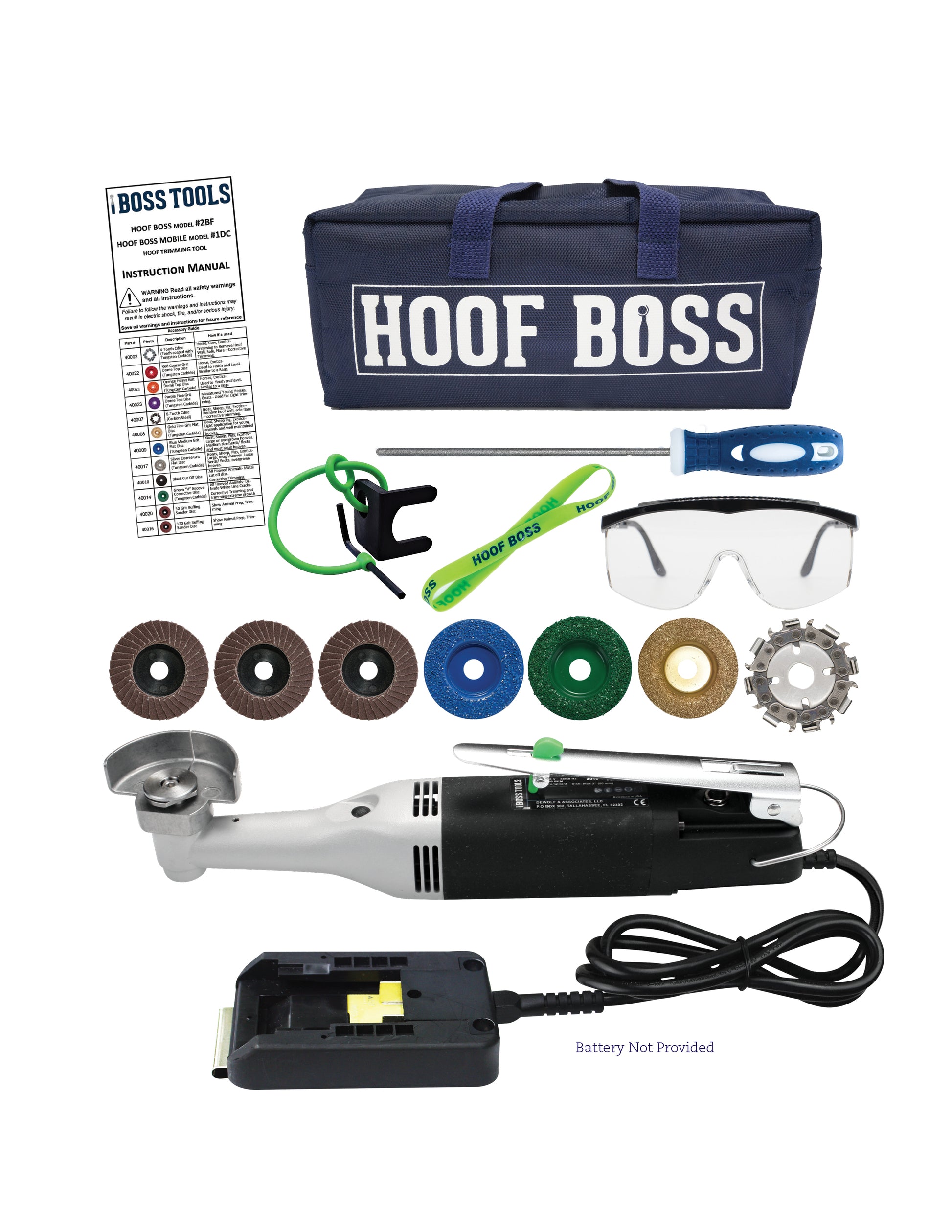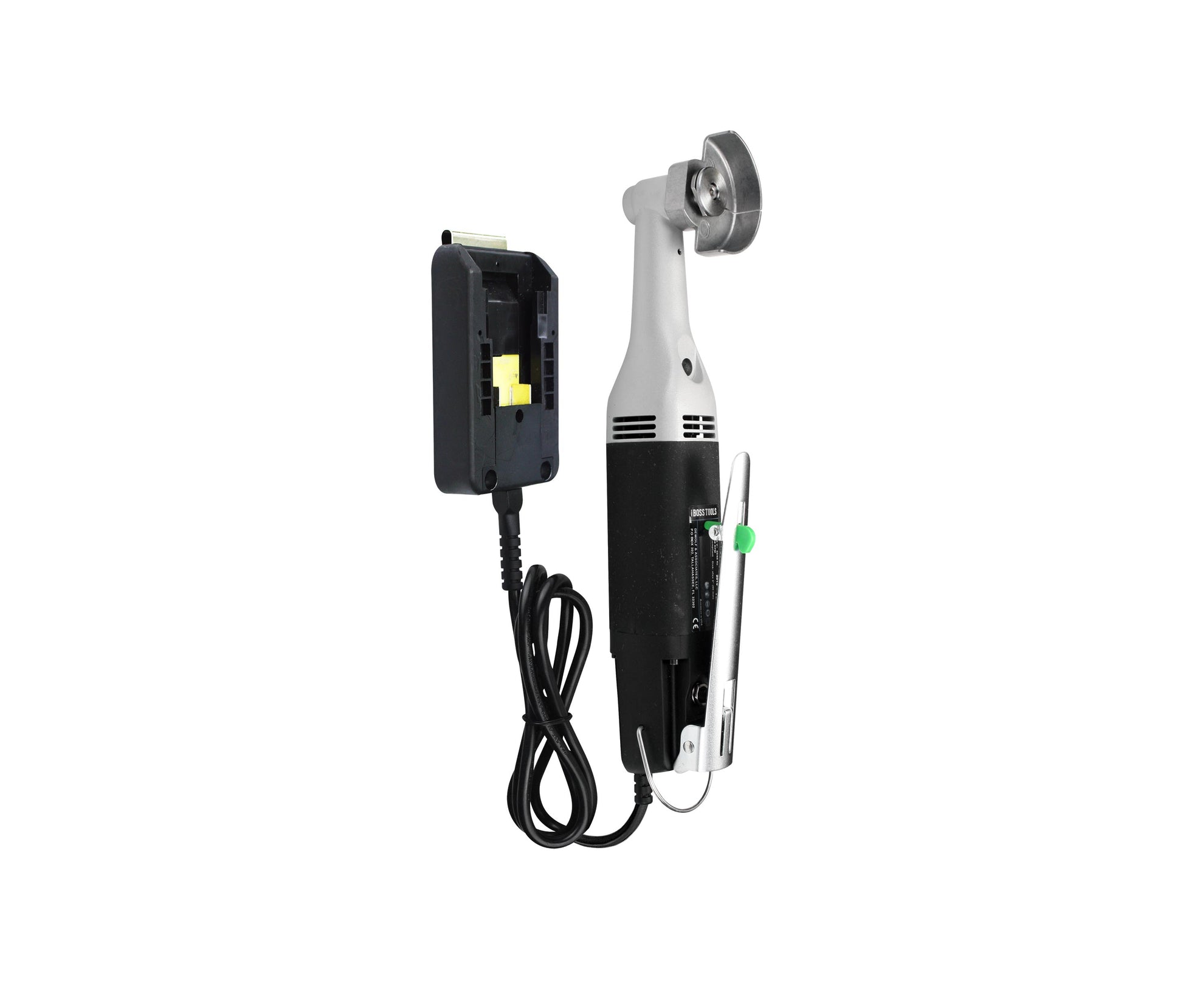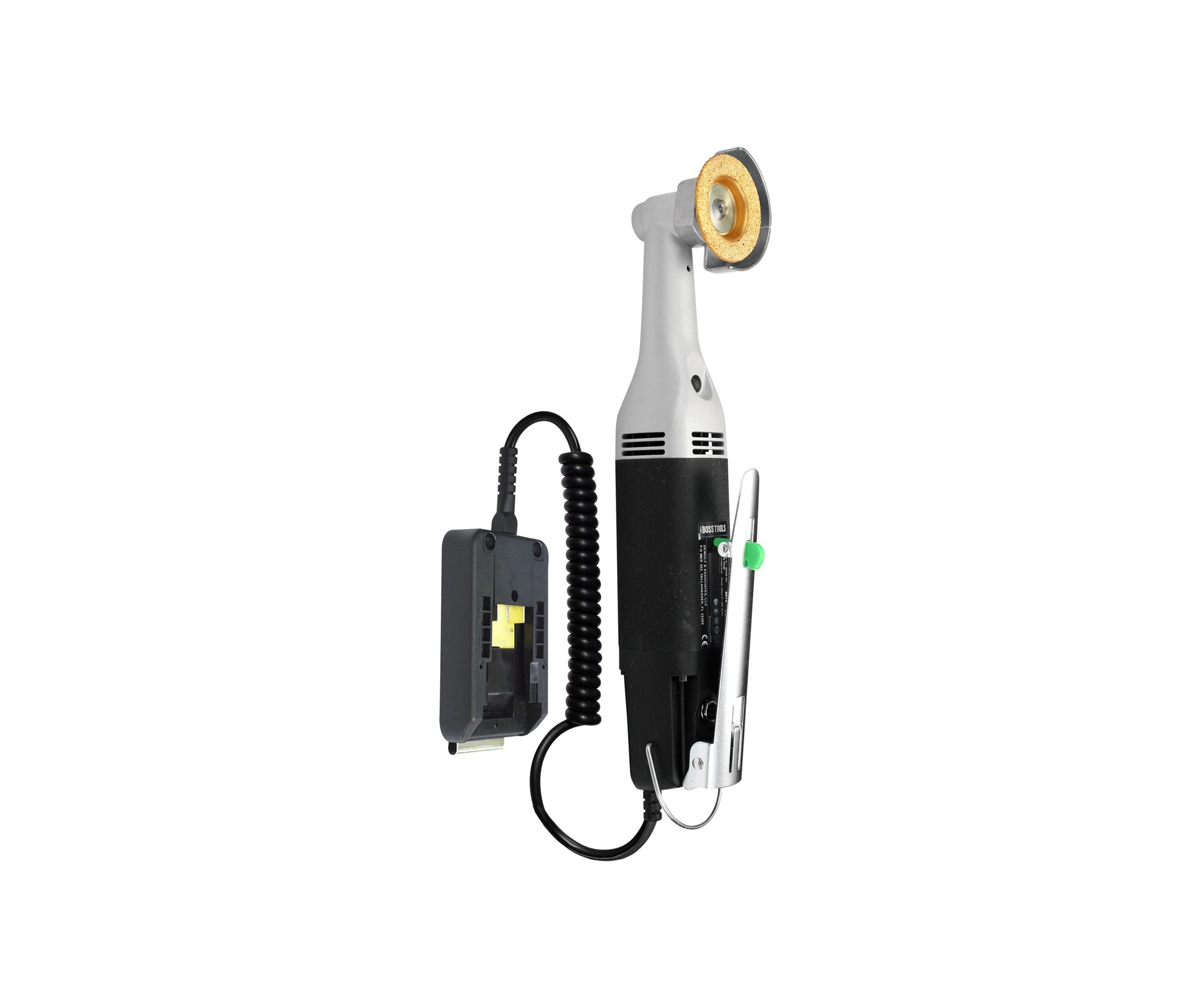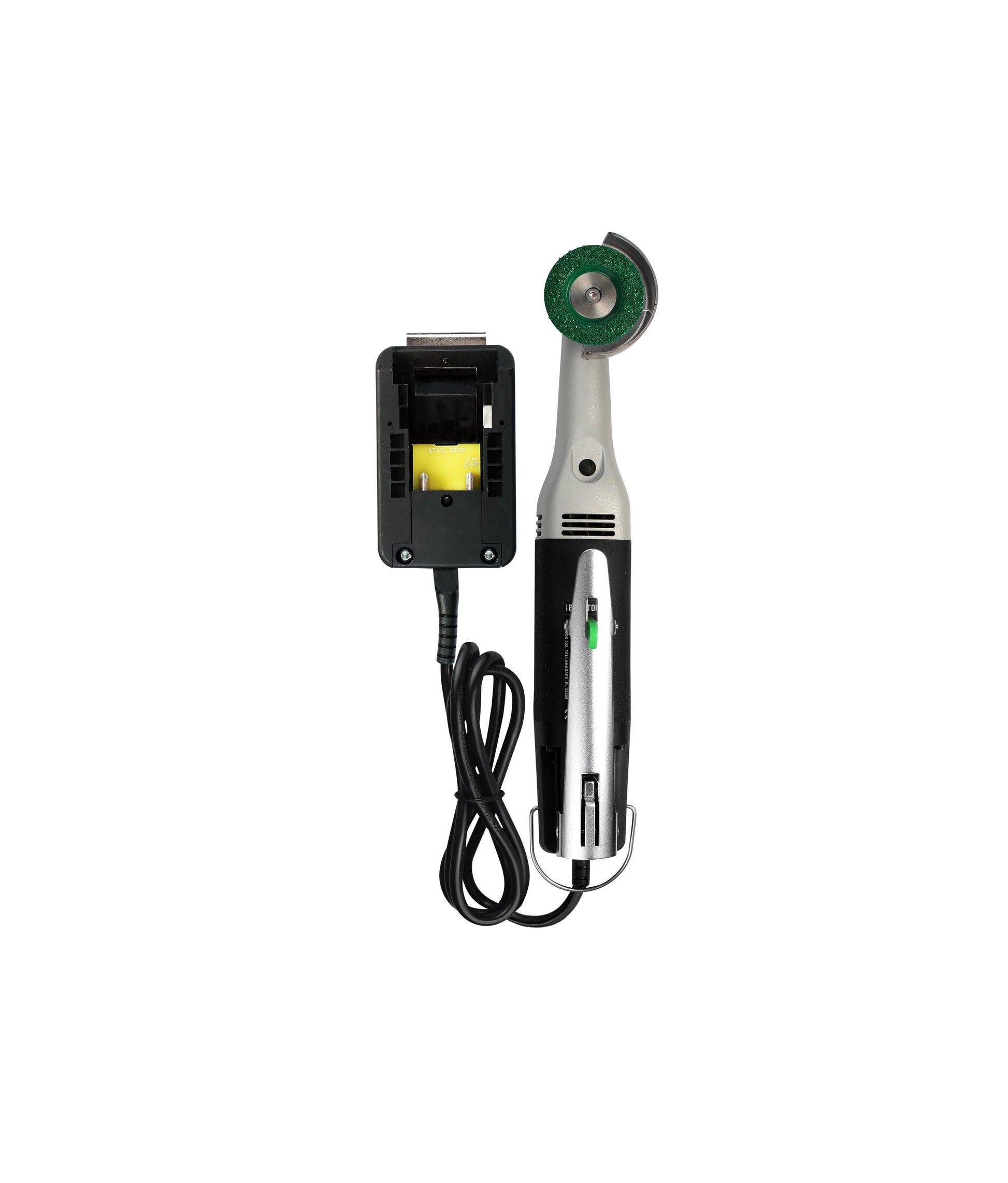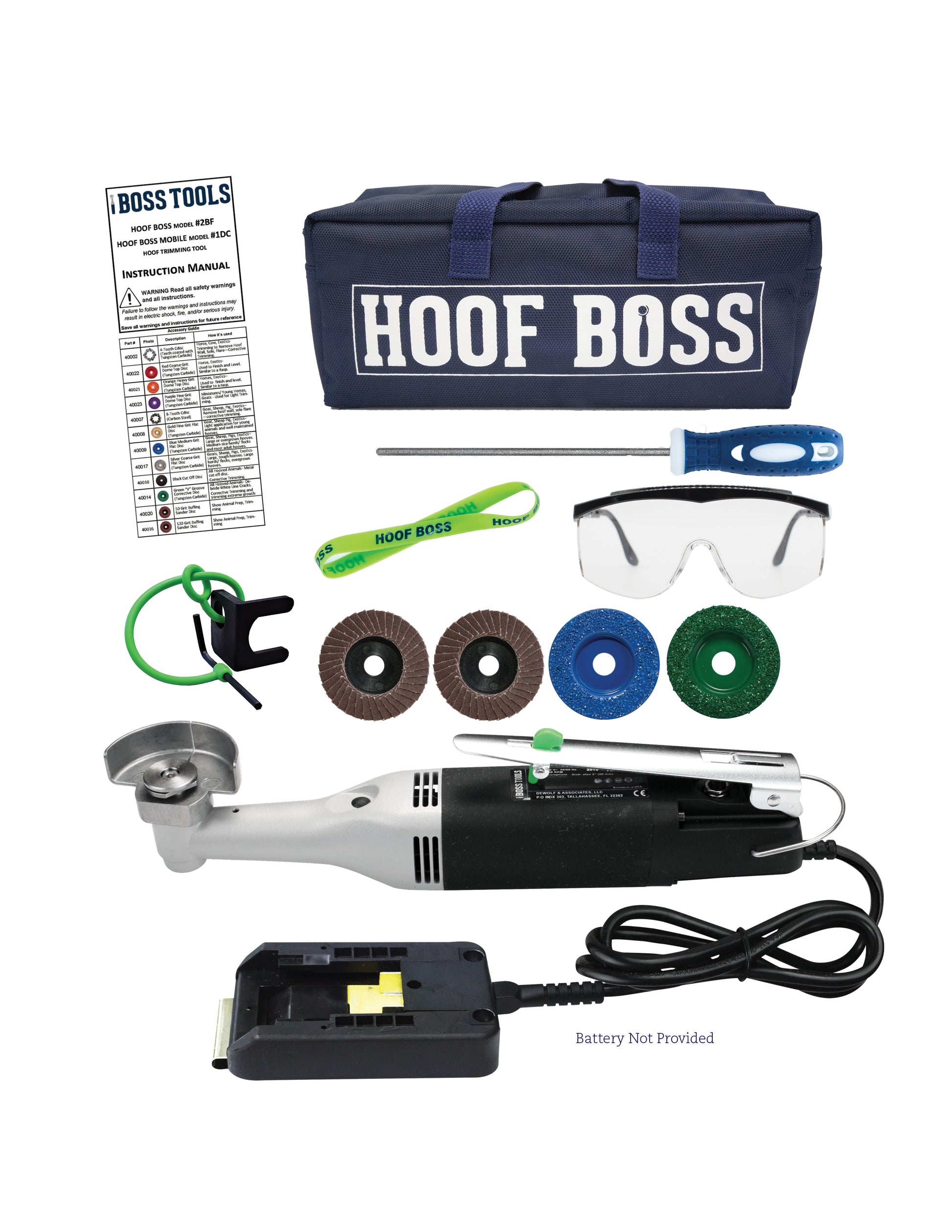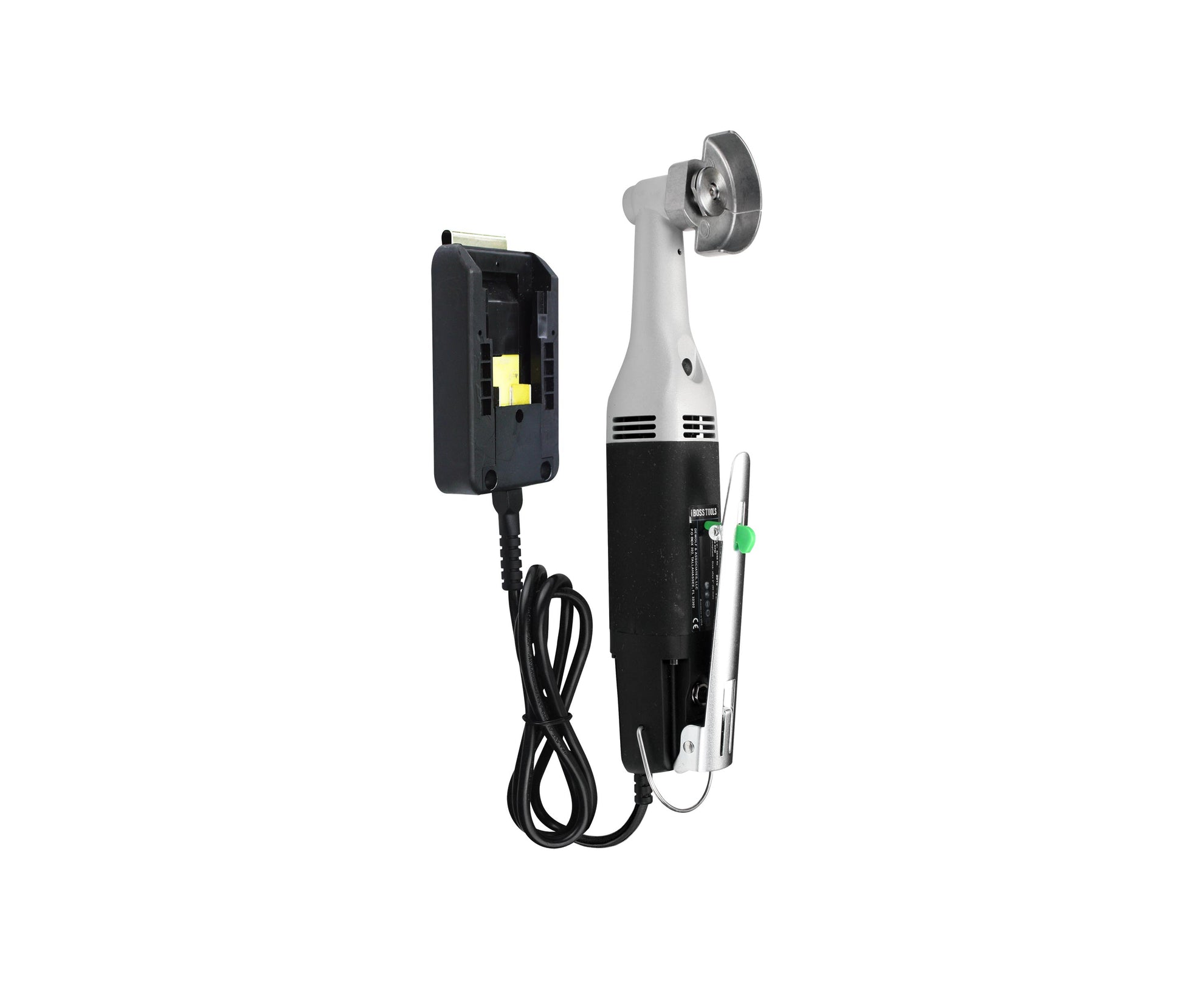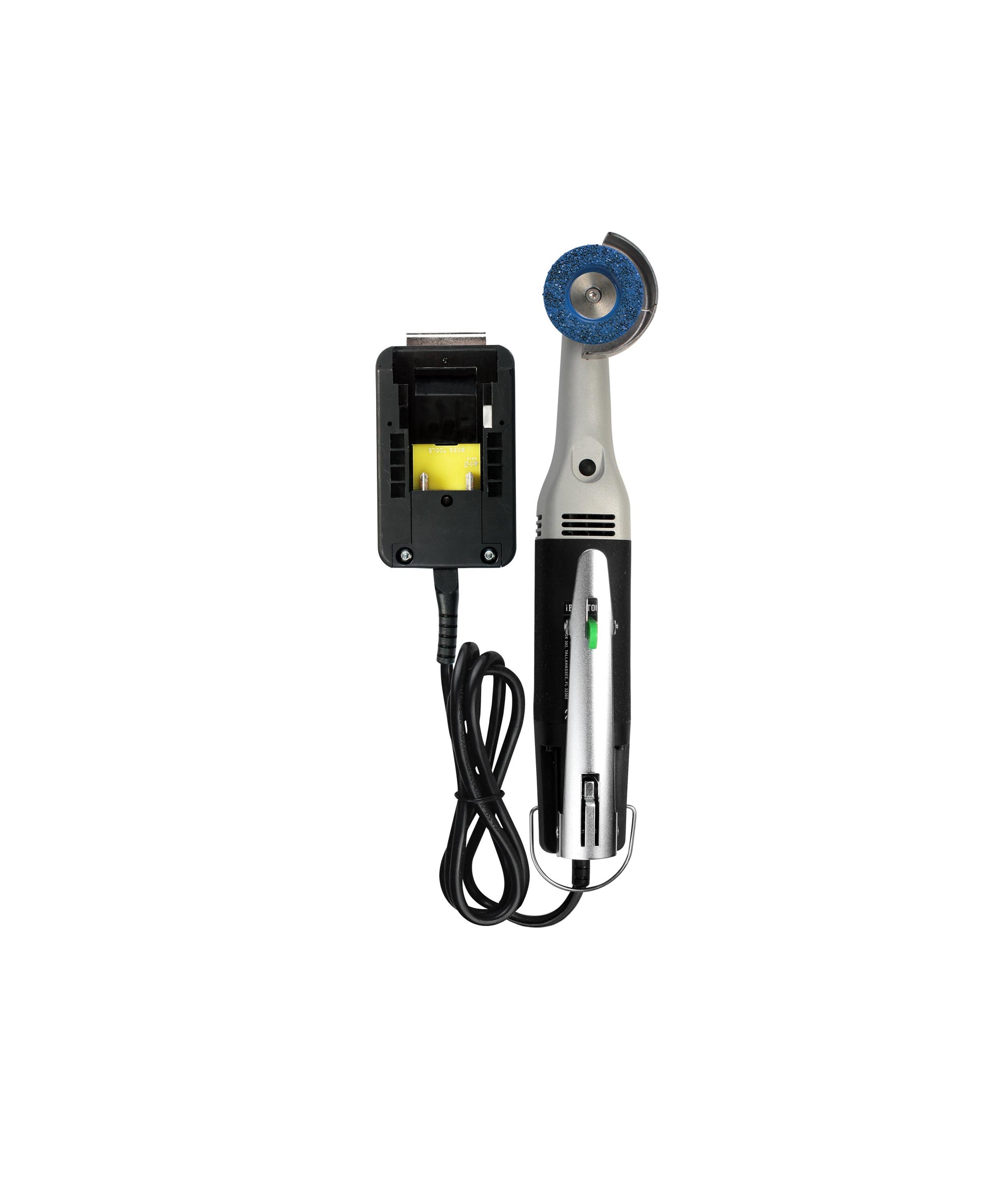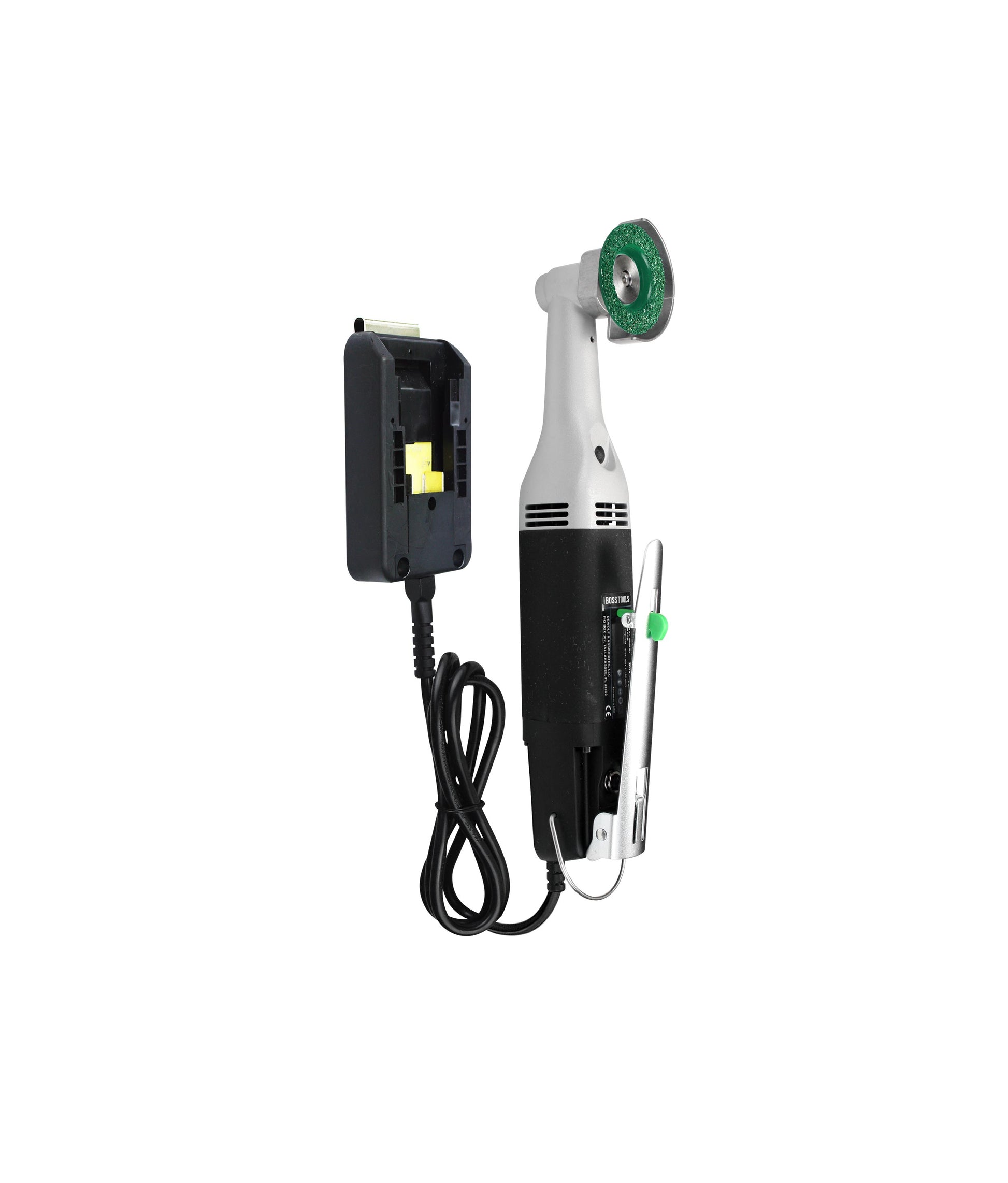Hoof Care for Pigs: The Longer, No-Corners-Cut Guide to Happy, Sound Hooves
Hooves are a pig’s foundation. When claws get too long or start to split, a domino line of trouble follows: joints take an unnatural load, shoulders develop sores, pigs spend more time lying in wet bedding, and feed conversion dives. In commercial finishing barns that can mean hundreds of lost pounds per day; in a small homestead it spells vet bills and frustrated owners. Good hoof care is preventive medicine—and it isn’t complicated once you fold it into the monthly chore list.
Well-balanced hooves do four crucial things:
-
They keep weight centered over bone and tendon, protecting fetlock and knee angles.
-
They create a hard, sealed barrier against bacteria such as Fusobacterium and Dichelobacter.
-
They maintain confident footing, so pigs move easily between feeder, drinker, and enrichment toys.
-
They add pennies (sometimes dollars) per pound by ensuring feed energy goes toward growth, not tip-toeing.
One Ordered Plan, Seven Practical Moves
Below is the only list you need. Follow these seven steps in order—no extra charts, no alphabet soup—and hoof care becomes a predictable, quick routine instead of a crisis phone-call to the vet.
-
Watch them walk once a week. Stand at the alley mouth and study pigs as they cross concrete. A sharp “click,” legs swinging too far out, or shortened strides scream early overgrowth. Catching it here costs seconds; missing it costs weeks of recovery time.
-
Clean and inspect every month. Sling or crate each pig, rinse caked manure away, and scrub the sole and interdigital cleft with a stiff brush. With the hoof clean and dry, hairline cracks, bruises, or packed stones can’t hide.
-
Trim efficiently with the Hoof Boss Electric Pig Trimmer. Snap on a 60-grit disc to shorten the wall until it is flush with the sole, swap to 120-grit to flatten the weight-bearing surface, finish with 240-grit for a bevel that sheds water and mud. Average working time is under two minutes per animal, and the palm-sized grip keeps your wrist in a neutral, pain-free position.
-
Disinfect as you go. A mist of chlorhexidine or iodine spray into fresh cuts seals them before bacteria settle in. For deeper splits or small abscess tracks, tuck in iodine-soaked gauze and tape until the next day’s barn check.
-
Fix footing, not just feet. Hooves grow fastest where floors stay soft and wet. Check that concrete slopes at least one inch per eight feet for drainage. Replace slick or cracked rubber mats, and refresh bedding so claws dry between drinker visits.
-
Feed minerals that build horn. Keratin quality starts inside the rumen. Keep total-ration dry matter at 18–25 ppm zinc and 8–10 ppm copper, delivered from bio-available sources. Balanced trace minerals tighten new horn, making it denser, less likely to chip, and easier to polish smooth.
-
Log every trim. Write down the date, the claw condition, treatments applied, and a next-check reminder. In a grow-finish barn that can be a spreadsheet; in a backyard hut, a waterproof tag zip-tied to the pen works fine. The log turns isolated trims into trend data, revealing which pigs or pens need closer watch.
Putting the Routine to Work
The first month always feels slow—new motions, new gear, pigs puzzled by the sling. By month three it clicks: hogs relax when handled the same way every time, discs get swapped from muscle memory, and the trim log shows fewer red flags. Most herds settle into a 90-day full trim cycle, with a quick mid-interval check on high-energy grower diets. Coarse discs on the Hoof Boss last roughly 80–100 pigs; fine discs stretch to 120–150. Keep a spare set in a sealed tote so dust and humidity never glaze the grit.
Hoof problems you don’t see are the measure of success—no corkscrew claws splaying toes, no sore shoulders from uneven stance, no pigs lagging behind at weigh-time. The barn smells a little cleaner, and chore lists suddenly leave space for actual weekend plans.
Final Word
Two minutes with a Hoof Boss Electric Pig Trimmer beats two weeks nursing a lame hog. Fold the seven steps above into your barn calendar, stay strict with footing and minerals, and hoof care for pigs becomes just another quick checkpoint on the road to heavier, healthier market weight.
Ready to put the plan in motion? Shop the Hoof Boss Pig Hoof-Care Collection and replace emergency fixes with efficient, low-stress maintenance.


